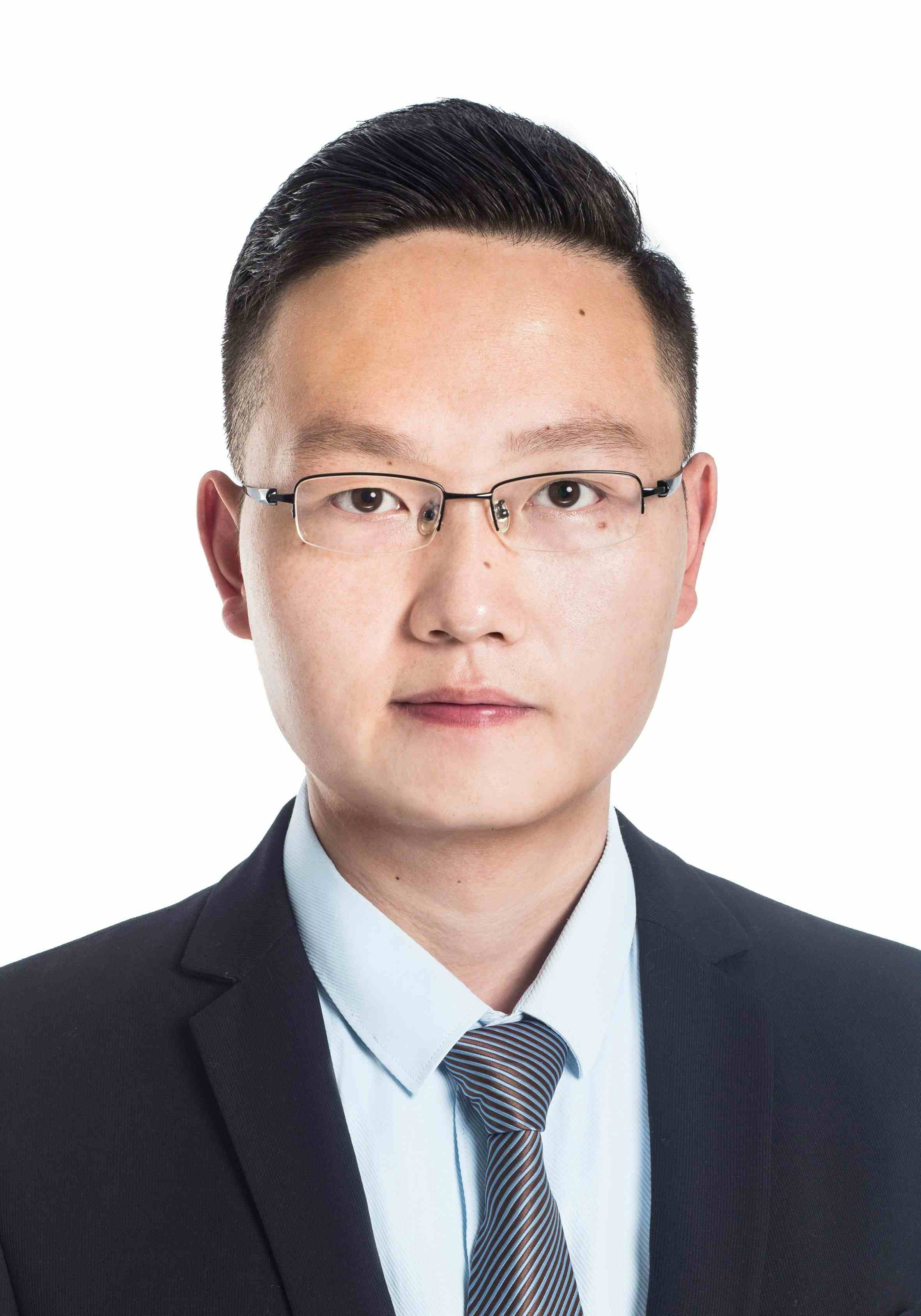Forming New Chromatography Media for Handling Complex Biomolecules
Scientists from the Chinese Academy of Sciences and the University of Chinese Academy of Sciences in Beijing, China, have compiled a review of chromatography media and purification processes for handling complex and super-large biomolecules. Their findings were published in the Journal of Chromatography A (1).
Science or medical background with molecules and atoms. | Image Credit: © artegorov3@gmail - stock.adobe.com

Biopharmaceuticals are complex medicines created from living cells or organisms, typically produced with cutting-edge biotechnological methods (2). This field of medicine has become one of the most important and dynamic industries in the world, with the annual growth rate being approximately 10% for the past decade and market growth expected with a compound annual growth rate estimated at 8.6% for the next 10 years (1). According to the study team, in the next 5–10 years, 50%, or even more, of all drugs will be biopharmaceuticals, including peptides, proteins, and nucleic acids.
Biopharmaceuticals currently on the market need to continuously improve quality, reduce costs, and increase production capacity. Purification is a key process in biopharmaceutical production, directly affecting product purity, yield, and automation level. Purification cost accounts for approximately 70–80%, or even higher, of the total manufacturing cost of bioproducts. New biopharmaceuticals are being developed involving complex and super-large biomolecules, such as antibodies, virus-like particles (VLPs), viral vectors, DNA, and mRNA. While traditional chromatography techniques are efficient with standard biomolecules, low concentrations, as well as complex and unstable structures, make it difficult to purify these larger biomolecules.
In this review, the scientists provided an overview of chromatography media and purification processes for complex and super-large biomolecules. First, detailed summaries of tailor-made chromatography media were created, including particle size and uniformity, pore structure, spacer arm and polymer grafting, and new ligands and special separation mechanisms. Next, they reviewed the current choices and trends of purification processes for different materials, including vaccines, VLPs, DNA, mRNA, antibodies, and modified therapeutic proteins. Finally, a brief overview of continuous biochromatography and computer-assisted chromatographic method development was provided.
When selecting suitable chromatography media and the purification process for complex and super-large biomolecules, one should consider various characteristics, including low concentration, complex composition, and the requirements for both high purity and high recovery of bioseparation. The scientists also claimed that one-step purification is becoming increasingly preferred (1).
Additionally, various chromatography media were compared and summarized. Traditional chromatography media based on microspheres are easily prepared and scaled up, making them convenient to perform the purification and therefore popular to produce biopharmaceuticals. However, the efficiency of mass transfer is limited for purifying super-large particles because the pores are not large enough; this is where super-porous chromatography media proves advantageous. Monolithic columns and membrane chromatography materials have higher surface areas for super-large molecules and higher flow rates under mass transfer mainly by convection; however, they can both be easily fouled and clogged, and membrane chromatography has relatively low resolution.
Despite these difficulties, new chromatography media and chromatography methods continue to be developed, with work needing to be done to fully validate them. To enrich bioseparation mechanisms, one must design new and highly efficient chromatography media, develop its preparative methodology, and manipulate its compositions, microstructures, and functional spaces. Additionally, multiple synergies between chromatography media and complex and super-large biomolecules must be studied.
Functions such as the interaction, interface stabilization effect, and other dynamics between chromatography media and biomolecules need to be understood and used to achieve the high efficiency of purification. Further, responsive chromatography media must be made to achieve rapid purification, and the regeneration and recycling of chromatography media should be studied to ensure costs stay low, and the process remains green. Advanced chromatography methods must be established for true progress, and they will need to include new techniques into their functionalities; these include multiple separation mechanisms, continuous processes, and computer-assisted method development.
References
(1) Zhao, L.; Ma, G. Chromatography Media and Purification Processes for Complex and Super-Large Biomolecules: A Review. J. Chromatogr. A 2025, 1744, 465721. DOI: https://doi.org/10.1016/j.chroma.2025.465721
(2) What are Biopharmaceuticals? Teva 2025. https://www.tevapharm.com/product-focus/biopharmaceuticals/what-are-biopharmaceuticals/ (accessed 2025-2-10)
New Method Explored for the Detection of CECs in Crops Irrigated with Contaminated Water
April 30th 2025This new study presents a validated QuEChERS–LC-MS/MS method for detecting eight persistent, mobile, and toxic substances in escarole, tomatoes, and tomato leaves irrigated with contaminated water.
Accelerating Monoclonal Antibody Quality Control: The Role of LC–MS in Upstream Bioprocessing
This study highlights the promising potential of LC–MS as a powerful tool for mAb quality control within the context of upstream processing.
University of Tasmania Researchers Explore Haloacetic Acid Determiniation in Water with capLC–MS
April 29th 2025Haloacetic acid detection has become important when analyzing drinking and swimming pool water. University of Tasmania researchers have begun applying capillary liquid chromatography as a means of detecting these substances.

.png&w=3840&q=75)

.png&w=3840&q=75)



.png&w=3840&q=75)



.png&w=3840&q=75)







